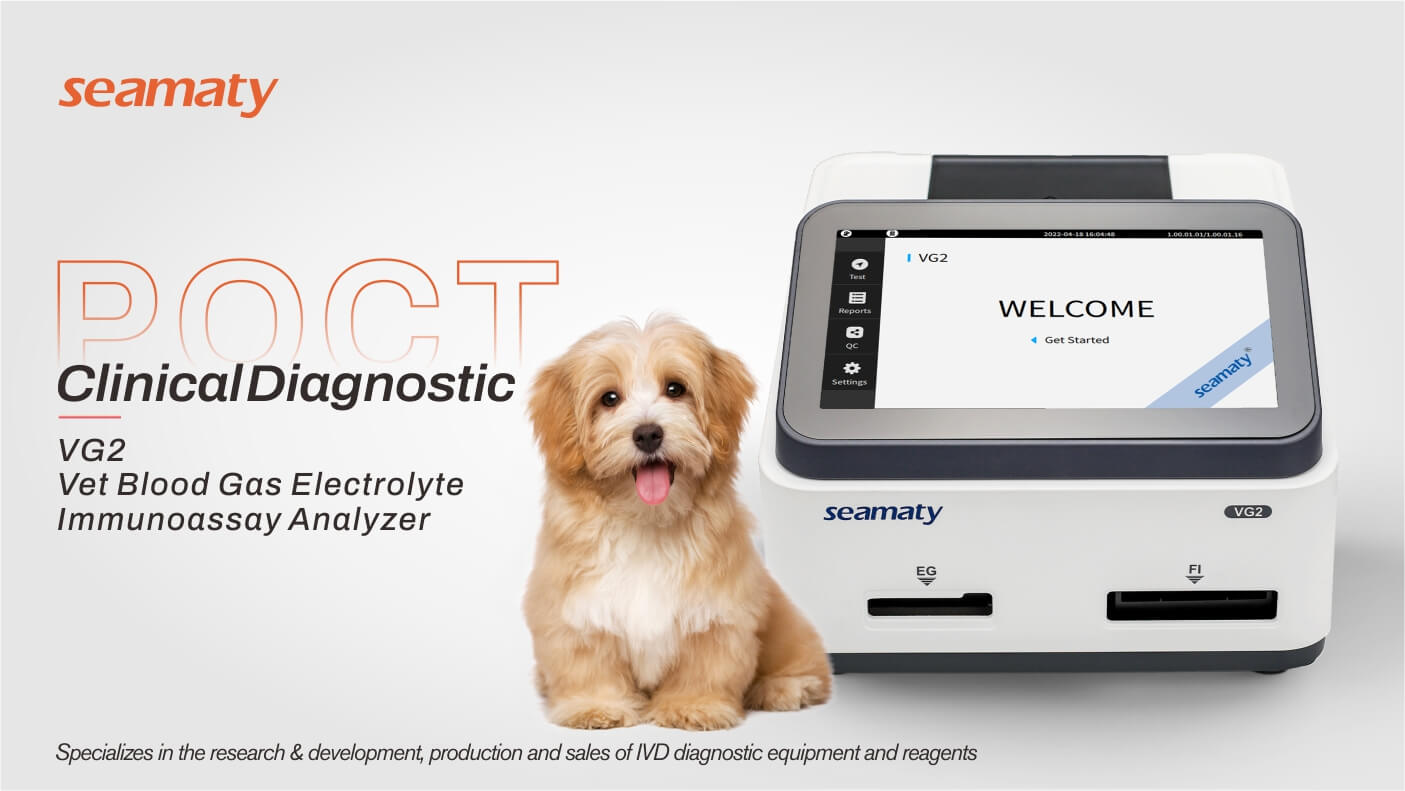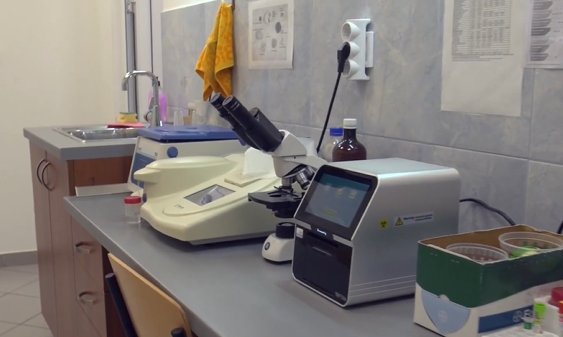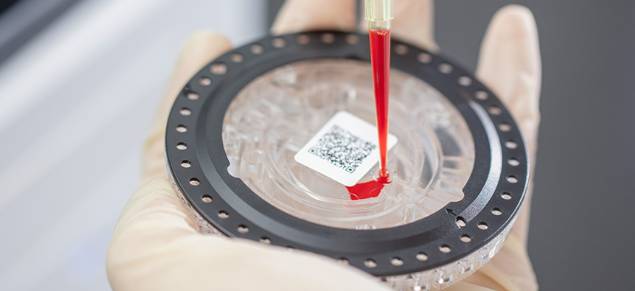release time:2021-12-08 16:43:46
Dry chemistry analytical techniques are relative to wet chemistry techniques. Dry chemistry is the direct addition of a liquid test sample to a dry reagent produced specifically for a different project. The moisture of the sample under test is used as a solvent to cause a specific chemical reaction, which leads to a chemical analysis method. Dry chemistry is a class of analytical methods based on enzymatic methods. Dry chemistry can also be called solid phase chemistry. Dry chemistry uses reflectance photometry or differential electrode method as a measurement method.
The Seamaty fully automated dry chemistry analyzer requires only 100ul of sample and supports whole blood, plasma or serum. It is extremely easy of use which does not require dedicated staff and allows anyone could operate it.

2023-06-30
Discover how to test hypothyroidism in dogs using cTT4 analysis on the VG2 Vet Analyzer. Learn about its features, benefits, and follow the step-by-step guide for accurate diagnosis and treatment.

2021-09-06
With the use of various Point Of Care Testing technologies and testing instruments, POCT can be performed both in and out of the hospital. Some special tests can even be performed at home or in special settings (e.g. outdoors, on site), greatly facilitating the needs of patients and special populations. Here are 8 Examples of Point Of Care Testing.

2021-07-27
Biochemical analysis refers to the detection methods used to determine enzymes, carbohydrates, lipids, protein and non-protein nitrogen, inorganic elements, liver function and other indicators in the body through various biochemical reactions. It is mainly used in routine testing in hospitals.